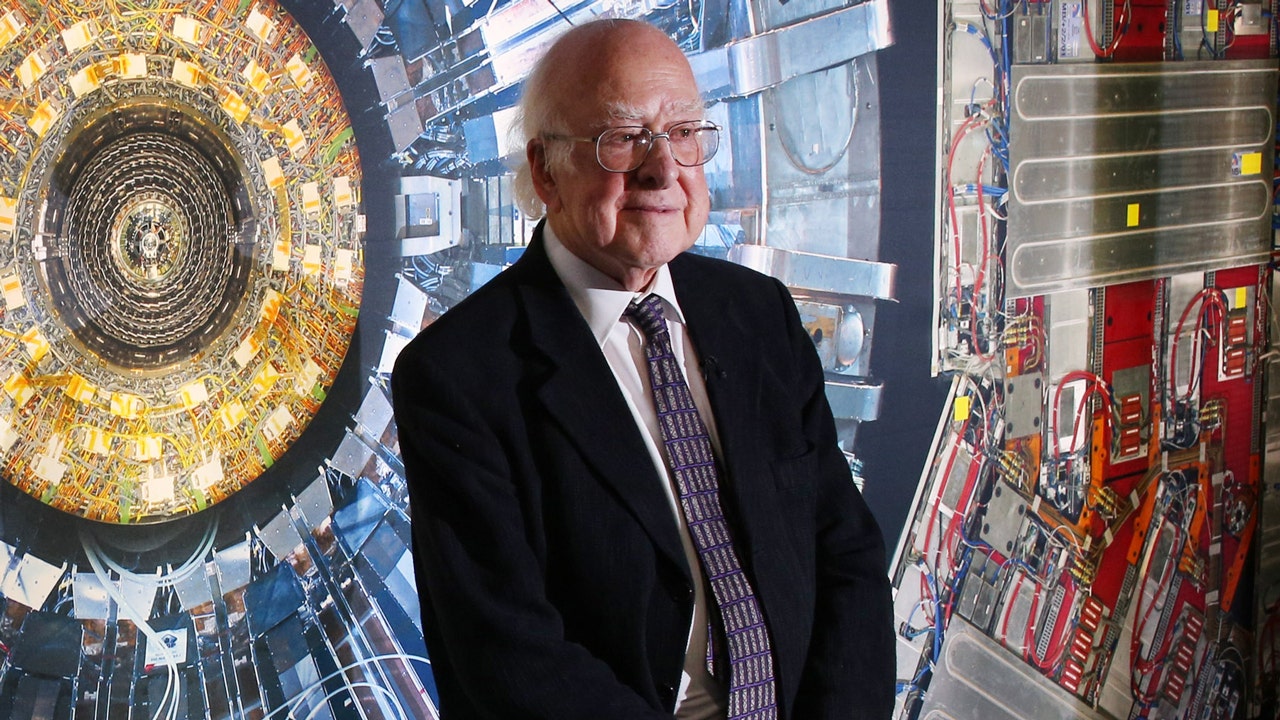To some, it felt like the oil executive blurted the quiet part out loud.
“We should abandon the fantasy of phasing out oil and gas,” said Amin Nasser, head of what is, by far, the world’s biggest oil producer, Saudi Aramco.
The energy transition was “visibly failing,” he added, saying that predictions of impending peak oil and gas demand were flatly wrong. The room, full of representatives of the fossil-fuel industry at a conference in Houston, greeted the statement with applause.
Mr. Nasser’s comments spoke to the starkly divergent visions of what role fossil fuels will play in the global economy over the coming decades. The burning of fossil fuels is the main driver of climate change.
The oil industry maintains that their products, namely petroleum and natural gas, will play a dominant role for decades to come. And they are investing in new development, particularly in gas, with that in mind.
On the other hand, the International Energy Agency, regarded as one of the foremost authorities on that question, projects that oil and gas demand will peak by 2030 as renewable energy and electric vehicle sales grow exponentially, spurred by incentives and subsidies. Just a few months ago, at the biggest annual climate summit, negotiators from nearly all the world’s nations agreed to transition “away from fossil fuels.”
In an interview with the Times last year, Fatih Birol, the I.E.A.’s executive director, said he thought the likes of Mr. Nasser weren’t seeing the whole picture. “I have a gentle suggestion to oil executives, they only talk among themselves,” he said. “They should talk to car manufacturers, to the heat pump industry, to the renewable industry, to investors, and see what they all think the future of energy looks like.”
However Mr. Nasser, in his Texas speech this week, suggested that the I.E.A. was the one misreading the markets by focusing too heavily on rich countries and ignoring the enormous surge in demand for energy expected across countries in Asia and Africa that are just beginning to industrialize.
His retort was, essentially, to ask if the I.E.A. thought oil and gas companies were throwing their money away by collectively investing trillions of dollars in increasing exploration, drilling and infrastructure. “Peak oil and gas are unlikely for sometime to come, let alone 2030,” said Mr. Nasser, speaking at the CERAWeek by S&P Global conference. “It seems no one is betting the farm on that.”
While they spoke less bluntly at the conference, the C.E.O.s of Shell, Exxon Mobil and Brazil’s state-owned oil company, Petrobras, echoed Mr. Nasser’s points. In an interview with the Times earlier this month, Petrobras’ C.E.O., Jean Paul Prates, said he saw Brazil’s oil production increasing for decades to come.
Shell’s C.E.O., Wael Sawan, said his predictions hinged on rapidly growing Asian markets. That same analysis underpins projections made last year by OPEC, the global oil cartel, that oil demand wouldn’t peak until 2045 at the earliest.
The White House is siding with the I.E.A.
“The head of Saudi Aramco said he thought the estimates of demand from the I.E.A. and others were off,” John Podesta, President Biden’s senior adviser for international climate policy, told reporters on Tuesday. “We don’t think so. We think there’s a high demand for electrification.”
Even as electrification takes off in some sectors of the American economy, U.S. crude oil and liquefied natural gas exports reached record highs in 2023. Wind and solar currently supply less than 4 percent of the world’s energy. An even smaller percentage of vehicles produced are partly or fully electric.
Natural gas in particular has seen immense growth and is being incorporated more widely than ever into the global energy trade. Fracking techniques have paved the way for the United States to become the world leader in gas production.
Traditional oil producers in the Persian Gulf — Saudi Aramco among them — are also getting into gas production in a big way, and none more so than Qatar’s national oil and gas company, QatarEnergy. Their plans would allow them to overtake the United States in production soon after 2030. At a recent news conference, QatarEnergy’s C.E.O., Saad al-Kaabi, told reporters that “we still think there’s a big future for gas for at least 50 years forward.”
Even if oil demand starts to flatline, companies will still need to make investments to avert a decline in existing oil fields, said Patrick Pouyanné, chief executive of TotalEnergies.
Without those investments, he argued, the energy markets that determine the prices that people pay for all sorts of basic needs would begin to fluctuate wildly. Like the other oil executives, he didn’t see renewables and electrification of transport growing fast enough to replace existing fossil fuel demand, let alone in countries with rapidly growing populations and fossil-fuel-dependent industries.
“The natural decline in oil fields is about 4 percent per year, so we will need to continue to invest in oil and gas fields” to maintain current levels of output, he said. “Otherwise, the price will go high and people will be super angry.”






